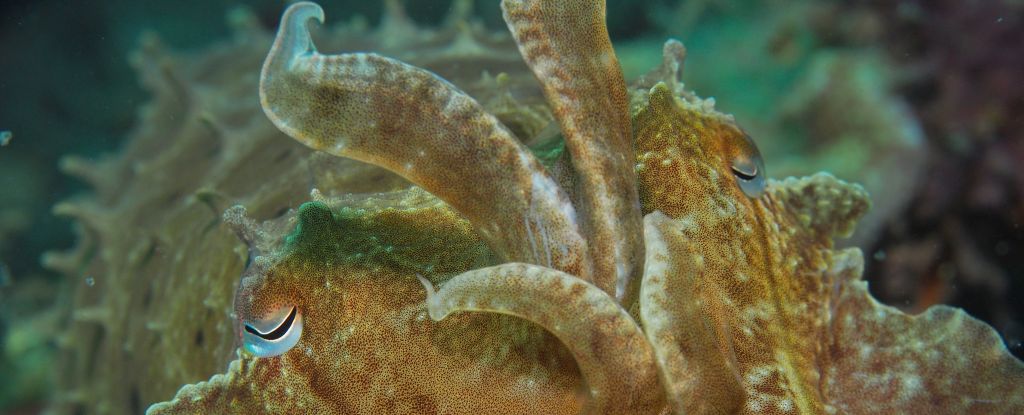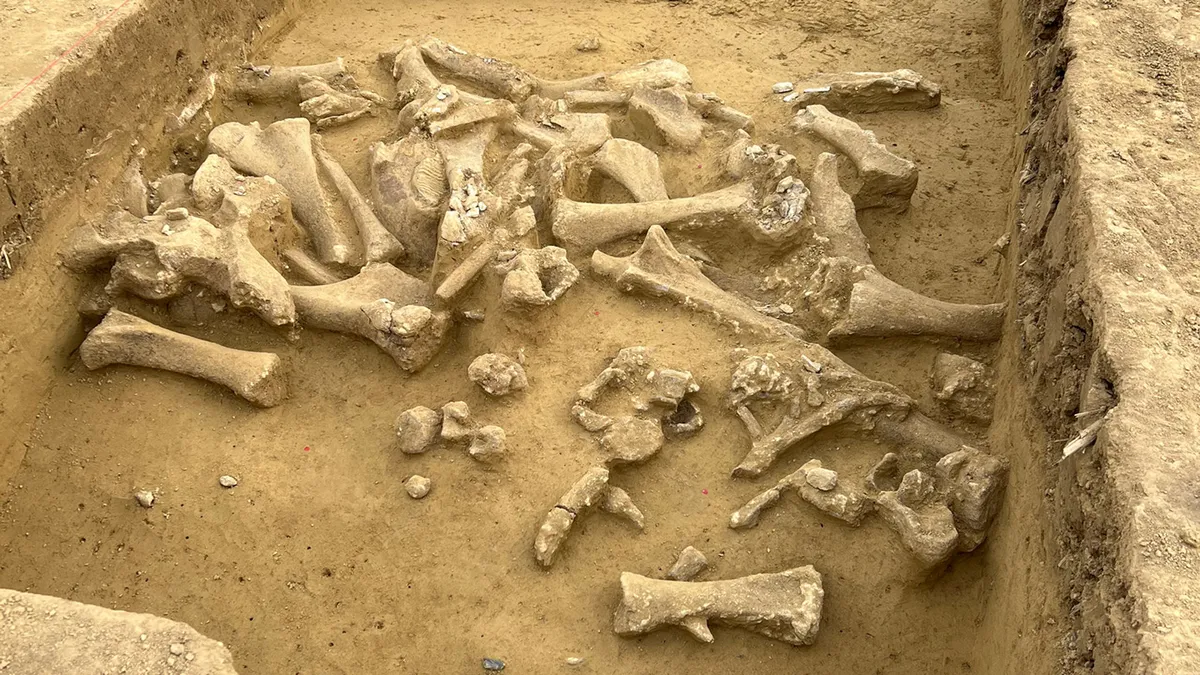Animal Life news stories
A new, advanced technique for studying fossils has revealed that squids evolved more than 50 million years earlier than previously thought and dominated Earth’s ancient seas. The new study was published in the journal Science.

This rare find, dating back to a 5,300- to 4,150-year-old mega-village, is the first of its kind ever recorded in Late Prehistoric Iberia, according to findings published in PLOS One.
Analysis of 8,000-year-old teeth has revealed how pigs were first domesticated from wild boars in what is today South China. The new study was published in the Proceedings of the National Academy of Sciences.
Whale bones dating to 20,000 years ago found at sites around Spain could be the earliest evidence that ancient humans used whale bones to make tools, according to a new study. The findings are presented in a paper published in Nature Communications
Better understanding species distribution through time could help determine why the megafauna vanished between 50,000 and 10,000 years ago. This in turn could give crucial insight into prehistoric ecosystems and help understand and even prevent future extinctions.

Gold mining is literally sucking the Amazon rainforest dry, creating an environment where trees cannot grow, according to a new study.
A significant fossil puzzle piece in the evolution of the first vertebrate animals to leave Earth’s ancient seas and walked on land was discovered in Scotland more than 40 years ago. But it has only just been accurately aged—and the results have left palaeontologists stunned. The results are published in the journal PLOS One.

Fossilised claw prints found in Australia suggest amniotes – the ancestors of reptiles, birds and mammals – evolved about 40m years earlier than thought.

Scientists studying chimpanzees in Budongo Forest, Uganda, have observed that these primates don’t just treat their own injuries, but care for others, too—information which could shed light on how our ancestors first began treating wounds and using medicines.

Research found chimpanzees drum with non-random rhythms that suggest building blocks of music may predate humans by millions of years

Cuttlefish are strange animals with some strange means of communication. Now, these cephalopods have been recorded using their arms in a way that looks like they are gesturing to each other – adding a potentially previously unknown form of communication to their toolkit. The research has not yet been peer-reviewed, and is available on bioRxiv.
Platypus and echidnas are the only surviving members of the monotreme family. This includes the only mammals to lay eggs rather than giving birth to live young. For this reason, they are considered relics of early mammal evolution. The new study was published in the Proccedings of the National Academy of Sciences journal.

Scientists claim they have resurrected the dire wolf using ancient DNA, cloning and gene-editing technology. The species of wolf, which died out some 12,500 years ago, is the “world’s first successfully de-extincted animal”, according to Dallas-based biotech company Colossal Biosciences.

Kwesia X grew up in south east London, surrounded by busy roads and tower blocks. When faced with tragedy and homelessness, she turned to nature to find peace. Now she’s working hard to bring the experience of the natural world to young people in the city, and they’re often amazed by the plants and creatures living in the concrete jungle. You can find her videos on her YouTube channel, City Girl in Nature.

A new study reveals plants, fungi, bacteria, protists, and even some viruses deploy venom-like mechanisms, similar to that of venomous snakes, scorpions and spiders, according to researchers at Loma Linda University School of Medicine. The study is published in the journal Toxins.

Archaeologists have discovered the remains of at least five woolly mammoths at a site in Austria. The remains suggest that ancient humans processed the mammoths’ ivory tusks 25,000 years ago.








